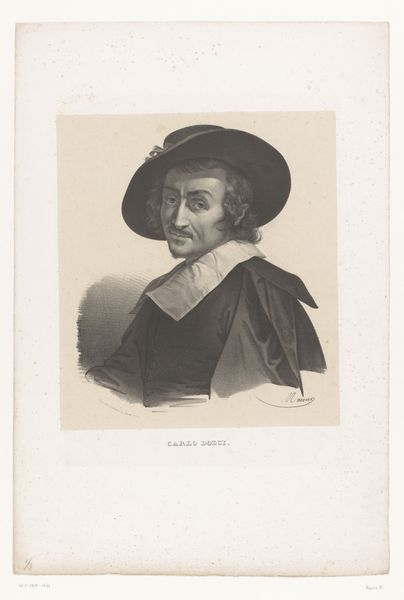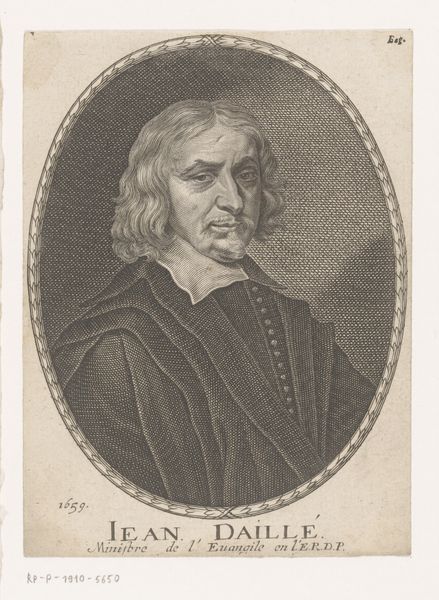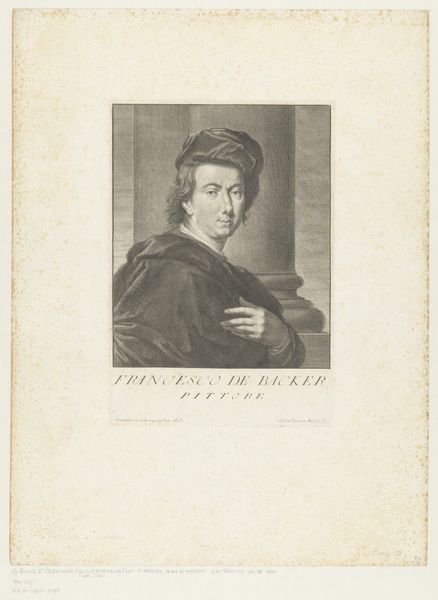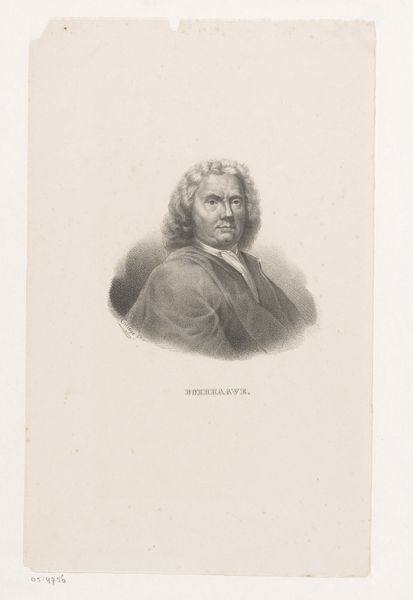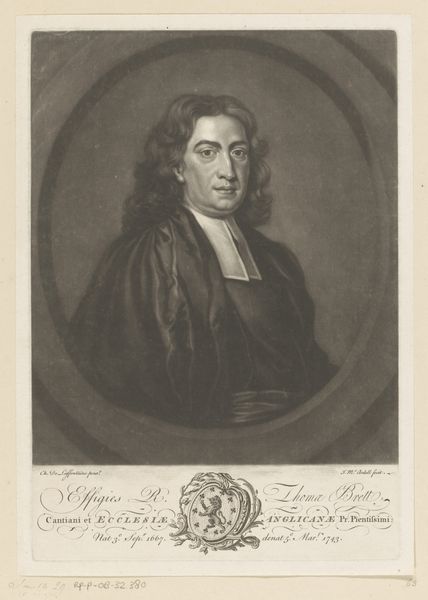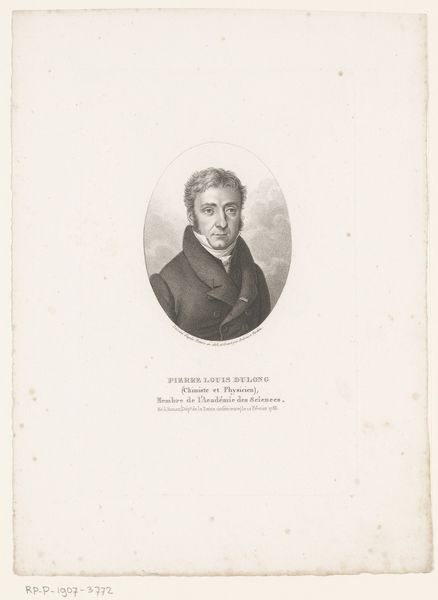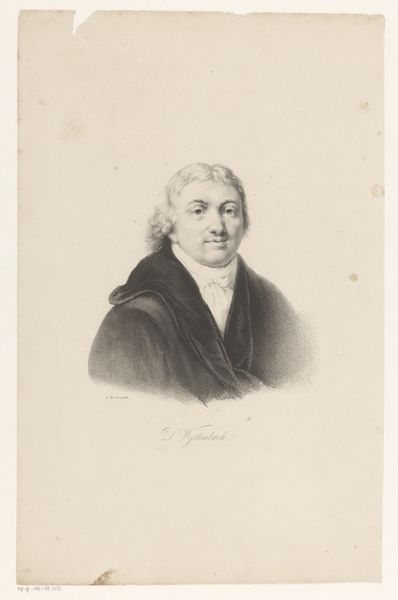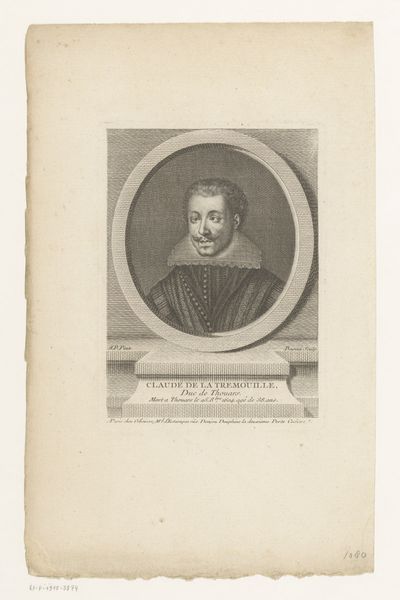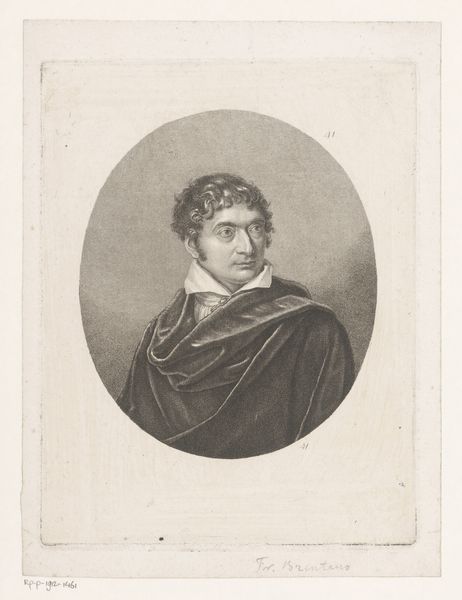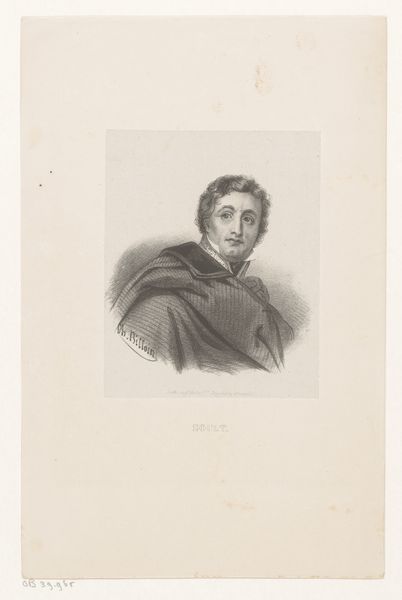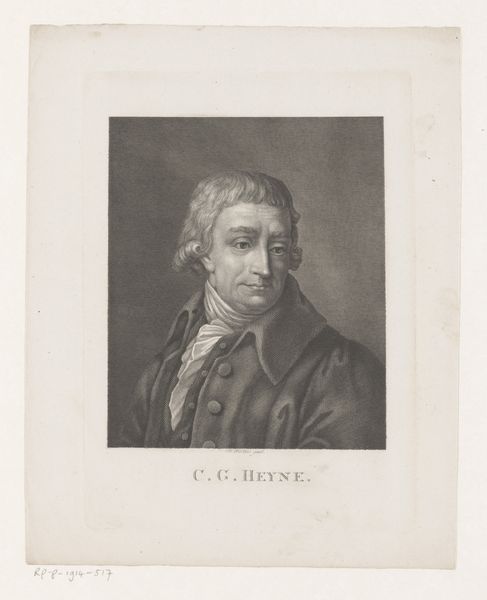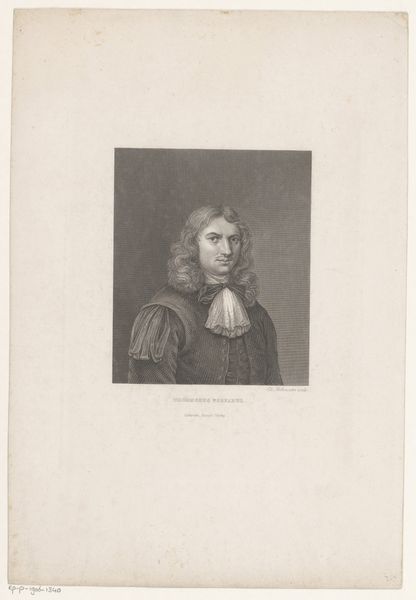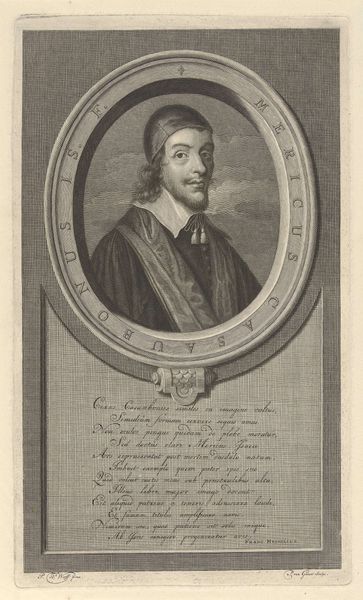
print, engraving
#
portrait
#
neoclacissism
# print
#
old engraving style
#
history-painting
#
engraving
Dimensions: height 244 mm, width 156 mm
Copyright: Rijks Museum: Open Domain
Curator: The cool detachment really strikes me. Editor: Indeed. Let's introduce our listeners to this engraving; it's titled "Portret van Nicolas Jean Dieu Soult, Duc de Dalmatië," dating from sometime between 1814 and 1853, and crafted by Johann Georg Nordheim. You used the perfect word: "detachment." Curator: It is there in the clean lines and restrained use of embellishment, isn't it? That neoclassical rigidity, but softened at the edges. I imagine viewers of the time understood this style as heroic, drawing on a lineage of powerful men and imperial authority. He’s someone, importantly. Editor: Right, his authority is very carefully, one could almost say surgically, expressed through form. But the emotional impact feels ambivalent to me. Consider how Nordheim’s mark-making builds up a very definite sense of volume but does very little to humanize him. Look at the cold light falling on his face and the rather mechanical cross-hatching. It feels almost mass-produced, as though draining Soult of any specificity in the process of ennobling him. The frame he’s positioned within – which recalls classical forms - isolates him, pushing him away. Curator: I read the face very differently, maybe. Those aren't cold eyes, just…direct. I read a calculating resolve which speaks to that particular moment in French history – of the rise and fall of leaders, and constant war. Even his dark cape almost conceals him. He seems not quite willing to step fully into the light. Almost haunted, which reads perhaps as the cost of war? The title elevates him, but maybe the print subtly shows the Duc weighed down. Editor: I agree – that contrast, the gap between intention and delivery, generates real tension. Something between the man, the symbolic weight he carried, and how those intersect on paper. And now thinking of your interpretation... Yes, something perhaps between life, legacy, and loss too. Curator: Beautifully put! Editor: Ultimately, this portrait prompts us to examine how visual representation shapes perceptions of power. It's fascinating.
Comments
No comments
Be the first to comment and join the conversation on the ultimate creative platform.

